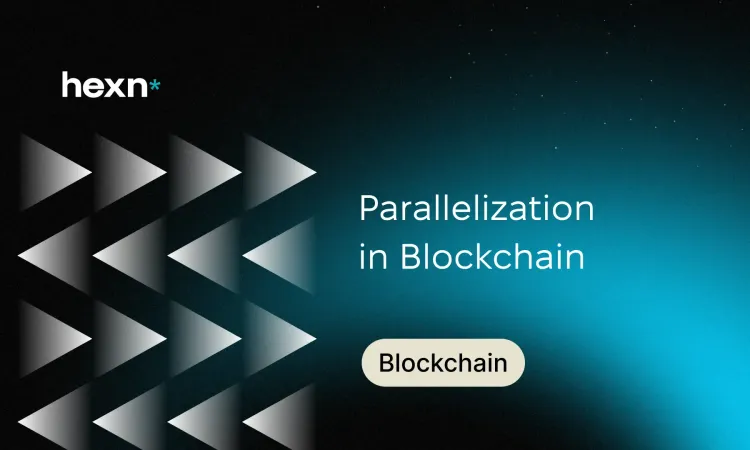Parallelization in Blockchain
What Is Parallelization?
Parallelization refers to executing multiple transactions or tasks at the same time instead of processing them one by one. For blockchain networks, this shift from sequential processing can boost throughput, reduce wait times, and lower fees — all critical for broader adoption and real-world use.
How Parallel Transactions Works
At a basic level, parallel execution breaks the transaction workload into parts that different validators or nodes handle simultaneously. Rather than every node reprocessing each transaction in the same order, the network divides responsibilities so that many checks and computations occur at once. The system then reconciles results and agrees on a single, consistent ledger state.
This process often involves predicting which transactions can run independently, validating them in separate streams, and then merging outcomes. When dependencies or conflicts arise — for example, two transactions that affect the same account — the protocol enforces an ordering or performs corrective steps so the final state is correct.
Two Common Parallelization Approaches
There are two broad models that networks use to enable parallel execution:
- Optimistic parallelization: Transactions are processed concurrently under the assumption they do not interfere with each other. If conflicts are detected afterward, the system resolves them by rerunning or reordering affected transactions.
- State-access parallelization: Transactions are grouped based on which accounts or smart contracts they touch. Non-overlapping groups run at the same time, while those that access the same state are ordered to prevent conflicts.
Types of Parallelization
Transaction-Level Parallelization
Transaction-level parallelization allows many individual transactions to be executed at once, increasing transactions-per-second (TPS) capacity. This is useful for networks with high demand because it shortens confirmation delays and improves responsiveness. The trade-off is more complex state management: when one transaction depends on another, the system must detect and handle those dependencies without introducing inconsistencies.
Block-Level Parallelization
Block-level parallelization moves beyond single transactions and focuses on creating and validating multiple blocks or block candidates in parallel. This can expand the network’s total processing capacity and reduce bottlenecks. However, it usually requires greater computational power and careful conflict resolution so that security and finality are not undermined.
Smart Contract Parallelization
Smart contract parallelization targets decentralized applications by running different contracts or contract calls at the same time when they do not interact with the same state. Off-chain execution layers and various zk or optimistic techniques can help by batching, verifying, and settling many contract operations without burdening the main chain.
Benefits of Adopting Parallel Execution
Faster Processing and Higher Throughput
By distributing work across nodes or execution threads, parallelization reduces individual transaction latency and raises overall TPS. Networks that leverage parallel methods can serve more users and support more complex applications.
Improved Scalability
Parallel execution helps blockchains scale horizontally: additional computational resources or nodes can be added to handle higher loads. This makes it easier to accommodate spikes in activity without a proportional increase in confirmation times.
Lower Transaction Fees
When validation is split across subsets of nodes, transactions no longer require every participant to repeat every step. That efficiency can cut resource usage and competitive pressure for block space, which in turn tends to reduce fees for users.
Practical Trade-Offs and Challenges
Parallelization is not a free lunch. It introduces complexity in detecting and resolving data dependencies, requires robust mechanisms to merge parallel results, and can raise hardware requirements for validators. Higher resource demands may make participation harder for smaller nodes, which could affect decentralization. Designers must balance throughput gains with security, accessibility, and simplicity.
Where Parallelization Fits in a Scaling Strategy
Parallel execution is one tool among many for scaling blockchains. It pairs well with techniques such as sharding, layered execution environments, and cryptographic proof systems. Combining approaches allows networks to target different bottlenecks — compute, storage, or network bandwidth — and build more flexible, high-performance systems.
Key Takeaways
- Parallelization speeds up processing by running multiple transactions or contracts at once.
- Two main execution models are optimistic and state-access, each with different conflict-handling trade-offs.
- Benefits include higher throughput, lower fees, and improved scalability, but implementation complexity and hardware costs are real considerations.
Parallel transaction execution is an important stepping stone for blockchains that need to serve large user bases and complex applications. When combined thoughtfully with other scaling techniques, it can help networks grow while keeping transactions fast and affordable.
